Principle of Diabetic Diet
- Regular eating habit
- Proper nutrition intake
- Balanced distribution of three great nutrients
- Harmonization of exercise and medication therapies
Regular Eating Habit
- Avoid overeating and unbalanced diet, and regularly eat moderate amount of food at a given time
three times a day. -
Calories per day
- Daily Required Calories = Standard Weight X Calories by Activities
- Standard Weight(kg) = Height(m) X Height(m) X 21
-
Daily required calories for adults
- Light activities, elderly people : standard weight X 25~30(calories/day)
- Ordinary activities : standard weight X 30~35(calories/day)
- Severe activities : standard weight X 35~40(calories/day)
-
Daily calories suits a person(kcal)
Daily calories suits a person(kcal) Height (cm) Appropriate Amout of Meal (kcal) 150 cm or Less 1400 kcal 150 ~ 160 cm 1400 ~ 1600 kcal 161 ~ 170 cm 1600 ~ 1800 kcal 171 ~ 180 cm 1800 ~ 2000 kcal 181 cm or Higher 2100 kcal - In order to eat the daily recommended foods which are right for you, use the food exchange table.
- Food exchange table classifies foods that we eat in everyday life into six groups of food based on similar
compositions of nutrients. The same unit can be exchanged and eaten.

Grain Group
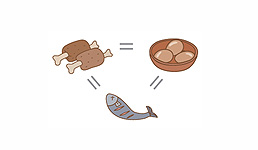
Fish & Meat Group
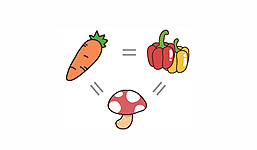
Vegetable Group
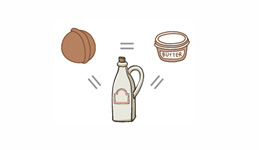
Fat Group
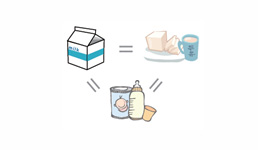
Milk Group
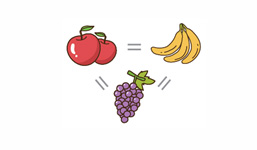
Fruit Group
- For intake of balanced nutrients, exchange unit number of each food group which suits you is determined.
- Exchange unit number of each food group by daily intake calories is determined to make the distribution
of nutrients of diabetic meal in 55~60% of a total calories, 15~20% of proteins and 20~25% of fat.
Precautions and eating tips when eating diabetic meals
- Time for meals is regular and you can eat snack(milk or fruits) between meals.
- Eat food which has a lot of fiber in the list of allowable foods.(Eat brown rice and vegetables a lot).
- Avoid foods that contain a lot of sugar(Cookie, honey, chocolate milk, canned fruits and sweet rice drink)
- Avoid alcohol, tobacco and soft drinks.
- When you go out to eat, avoid foods that contain a lot of sugar, fried food, Chinese food and foods with unknown ingredients.
- When you feel hungry, you can eat foods with low calories and large volume
(leafy vegetables, seaweed, barley tea and clear gravy).

